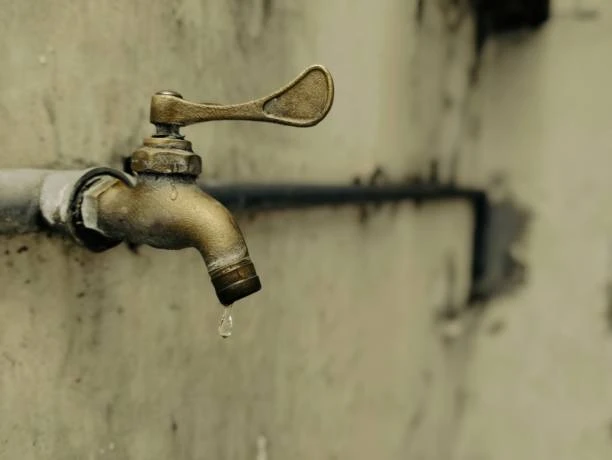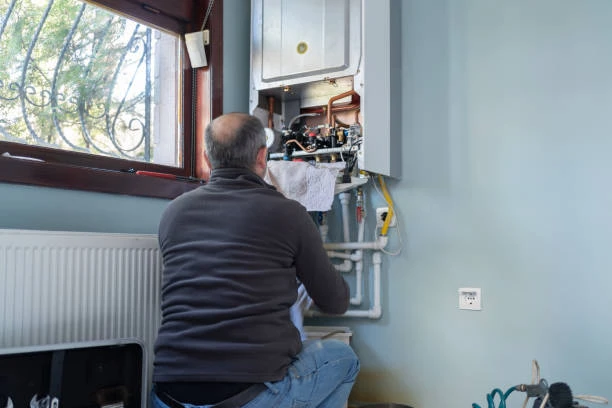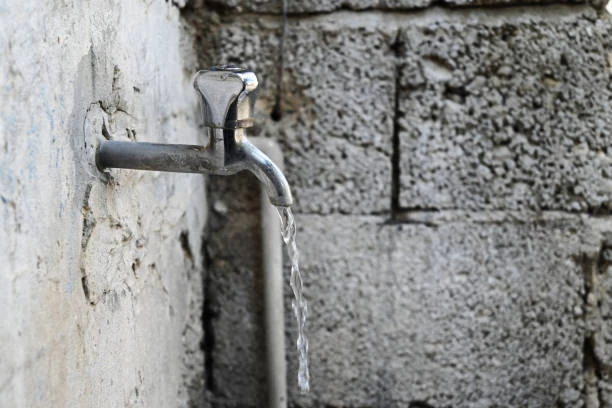
Introduction: Why Copper Bibcocks Are Ideal for Homes
Copper bibcocks are commonly used in residential plumbing systems due to their reliability, corrosion resistance, and long service life. Whether installed in a garden, laundry area, balcony, or bathroom, they provide a secure and leak-proof way to manage water flow. This article provides a complete guide to installing brass bibcock units at home, answering common questions, exploring product features, and helping homeowners make informed decisions. From selecting the right model to understanding installation procedures, you’ll find everything you need to know to ensure proper function and long-term performance.
Frequently Asked Questions (FAQ)
1. What is a brass bibcock used for in home plumbing?
A brass bibcock is typically used for exterior taps, washing machine connections, garden hoses, or utility areas where water flow needs manual control.
2. Is a brass bibcock suitable for both hot and cold water?
Yes, brass bibcocks can handle both hot and cold water, though cold water use is more common in outdoor or utility installations.
3. How long does a copper or brass bibcock last?
With proper installation and maintenance, a quality brass bibcock can last 15–20 years in residential settings.
4. Can I install a brass bibcock on a PVC or PPR pipe?
Yes, as long as the connection thread matches the adapter or coupling used. Brass is compatible with various piping materials through appropriate fittings.
5. Do brass bibcocks need special maintenance?
Not much. Occasionally clean the exterior and check for mineral build-up. If leaking occurs, check the washer or ceramic cartridge.
Understanding Bibcock Valves: Definition and Features
A bibcock, also known as a spigot or tap, is a type of valve used to control water flow from a pipe to an external outlet. The brass bibcock refers specifically to versions made from brass or copper alloys.
Key Features:
Quarter-turn operation: Allows for easy water control.
Threaded outlet: Designed to connect directly to hoses or washing machine inlets.
Durable housing: Brass or copper construction ensures resistance to corrosion and mechanical stress.
Internal mechanism: Most models now use ceramic disc cartridges for improved leak resistance and smoother operation.
Bibcocks are simple yet essential components in home plumbing systems. Their reliability comes from the strength of their design and the durability of the material used—primarily brass or copper alloy.
Common Applications and Usage Scenarios
Brass bibcocks are incredibly versatile in residential use. Their installation is typically straightforward, and they are valued for their practical function in various areas around the house.
Common Residential Uses:
Garden Taps: Connecting hoses for watering plants or washing driveways.
Balcony Faucets: Used for bucket filling or hose attachment.
Laundry Rooms: Connected to washing machines or utility sinks.
Garages and Basements: Used in workshop or maintenance areas.
Outdoor Kitchens: Providing a reliable water source in backyard cooking spaces.
In each of these cases, homeowners value the brass bibcock for its simplicity, toughness, and long-lasting operation.
Buying Guide: What to Look for in a Brass Bibcock
Choosing the right bibcock ensures performance, water efficiency, and long-term value. Here’s what to look for:
1. Material Quality
Prefer solid brass or copper alloy. Avoid hollow or zinc-plated models, which may corrode more quickly and fail under pressure.
2. Finish Type
Polished, chrome-plated, or antique brass finishes are available. Choose a finish based on where the faucet will be placed—functional zones benefit from scratch-resistant finishes.
3. Valve Type
Go for ceramic disc valves. These offer smoother operation and better leak prevention than older rubber washer systems.
4. Thread Size and Fittings
Ensure the inlet and outlet threads match your existing pipework or intended hose. Most bibcocks come with standard BSP or G-thread sizes.
5. Certifications
Look for international certifications such as:
ISO 21003
DIN 16836
ASTM F1974 / F1281
CSA B137
GB18997
These certifications show that the product has passed rigorous testing for residential use.
Installation Guidelines: How to Set Up a Brass Bibcock at Home
1. Prepare the Area
Ensure the pipe is clean and the thread is in good condition. If needed, wrap PTFE (Teflon) tape on the male threads to create a watertight seal.
2. Check for Wall Support
If you’re installing a wall-mounted bibcock, make sure the wall anchor or flange is stable. Use wall plugs or brackets if necessary.
3. Hand-Tighten and Wrench Securely
Tighten the bibcock by hand first, then use a spanner or pipe wrench to secure it—without over-tightening, which may damage the threads.
4. Check for Leaks
Once installed, open the water supply and inspect all joints for leaks. If leaking occurs, reapply PTFE tape or re-tighten slightly.
5. Position the Handle
Make sure the handle opens and closes easily without obstruction. In homes with children or elderly residents, ensure the faucet is not too stiff.
Comparison: Copper vs Other Valve Materials
Choosing the right material is critical for performance and longevity. Here’s a comparison between copper/brass and other common faucet materials:
| Feature | Brass / Copper (e.g., brass bibcock) | Stainless Steel | Plastic (PVC/ABS) | Zinc Alloy |
|---|---|---|---|---|
| Corrosion Resistance | Excellent | Excellent | Low to moderate | Moderate |
| Strength | High | High | Low | Medium |
| Lifespan | 15–20 years | 10–15 years | 2–5 years | 5–8 years |
| Finish Options | Many (polished, antique, etc.) | Limited | Limited | Some |
| Price Range | Medium to high | Medium | Low | Low |
| Maintenance Requirements | Low | Medium | High | Medium |
| Application Suitability | Best for home/outdoor/garden use | Kitchens, industry | Indoor temporary use | Decorative only |
The brass bibcock stands out as a well-balanced option offering strength, corrosion resistance, and broad application with relatively low maintenance.
Conclusion: A Smart Choice for Home Plumbing
Copper and brass bibcocks are trusted solutions for everyday water control needs in residential environments. Their sturdy construction, ease of use, and versatile design make them ideal for both indoor and outdoor plumbing projects. With proper selection and correct installation, these bibcocks offer long-term functionality with minimal maintenance. Whether you’re connecting a garden hose, setting up a laundry tap, or installing a water point on the balcony, a brass bibcock ensures efficient and leak-proof operation.
Contact IFNS for Catalogues and Samples
Need technical documents, catalogues, or sample products? Reach out to IFNS today.
For more information,pls visit our webside https://ifns.su/
Whatsapp: +86 15088288323
Our team responds quickly and provides professional support for all your pipeline needs.
IFNS International Standard
IFNS piping systems comply with a wide range of international standards to ensure high quality and performance. These include:
ASTM F1974 and ASTM F1281 for multilayer piping systems
CSA B137 for Canadian plumbing applications
DIN 16836 for German technical specifications
GB18997 for Chinese standards
ISO 21003, covering multilayer piping systems used for hot and cold water installations
This broad certification scope highlights IFNS’s commitment to global compliance and product reliability.









